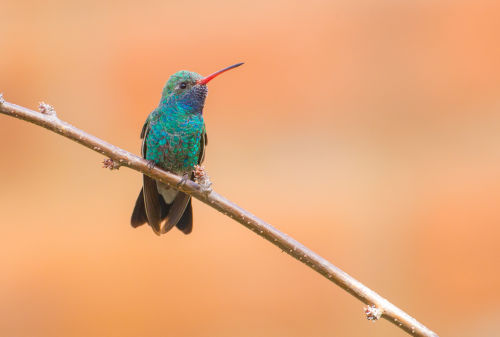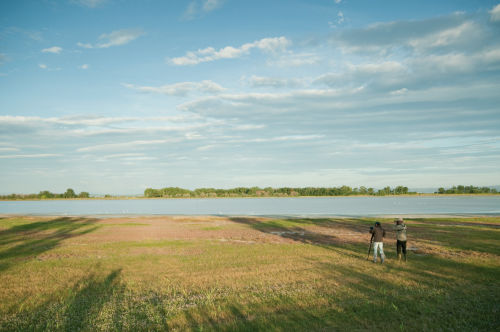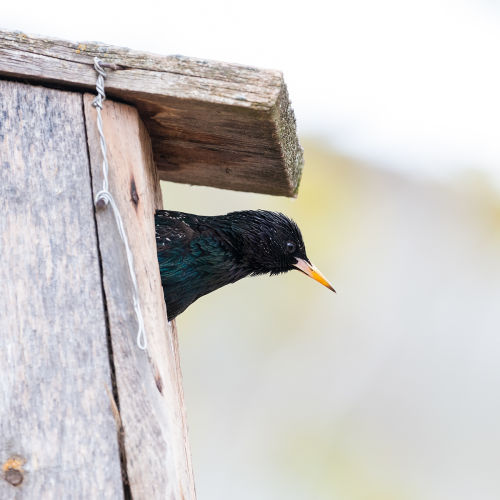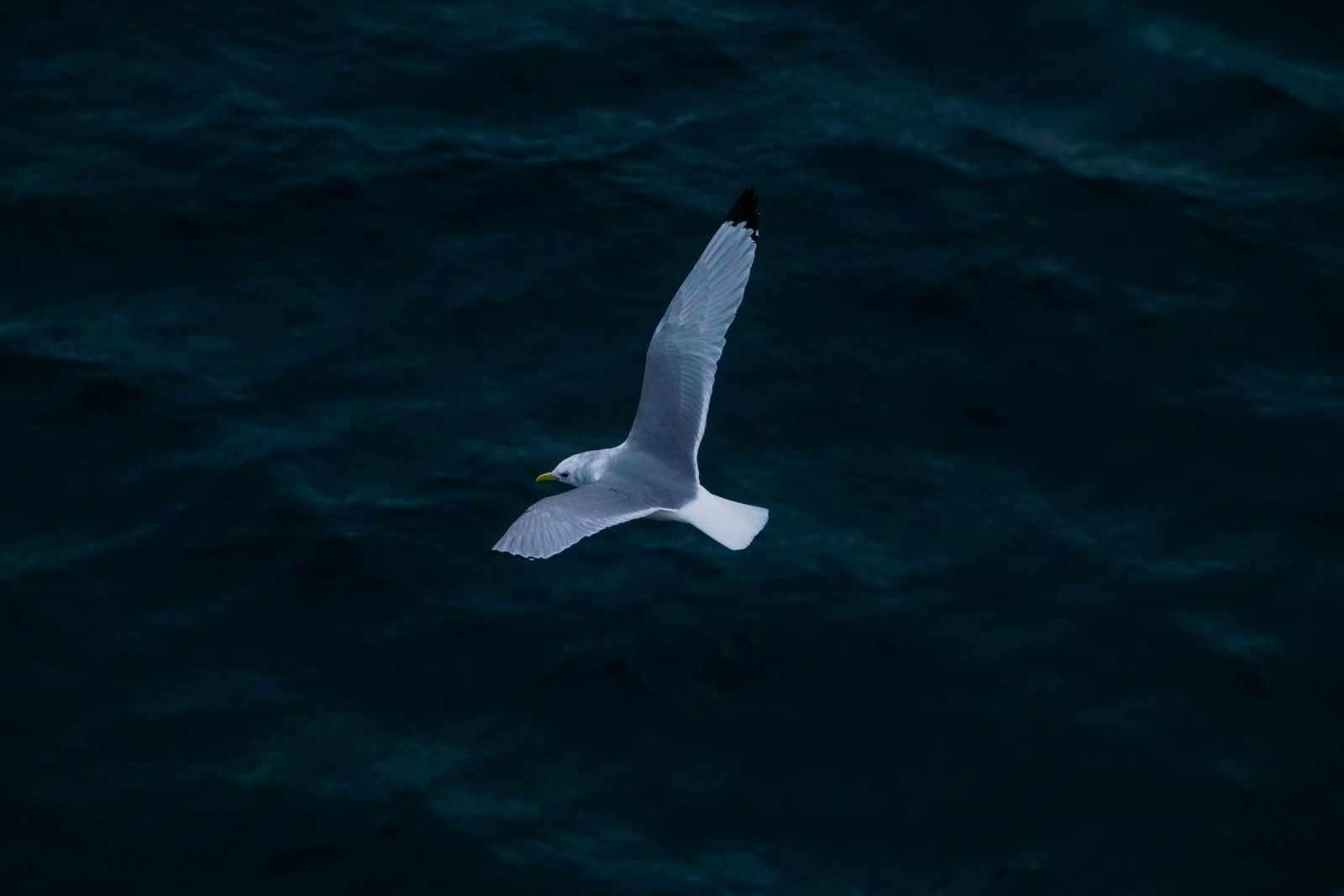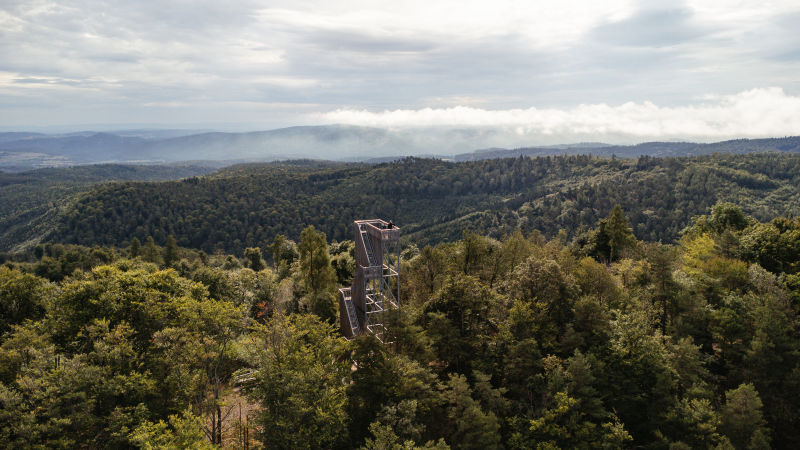Close your eyes and let your focus turn inward. Picture the trembling leaves before a spring squall, the melodic call of a meadowlark, Carolina wren or curlew, or the distant crash of surf on a rocky shore. These are the priceless symphonies of our natural world. Now, envision the rugged coastlines of the Lofoten Islands amongst the Norwegian arctic where the air is filled with the chorus of black-legged kittiwakes, their graceful wings slicing through salty air as they tend to their cupped, mossy nests on old cabins, piers, cliffs, and headlands. Consider the breath of life and timeless beauty, ecological contribution, and spirited symphonies these circumpolar gulls bring to coastlines and oceans near and far. Their feathered presence is intertwined with the very fabric of windswept marine ecosystems that span our planet’s polar regions.
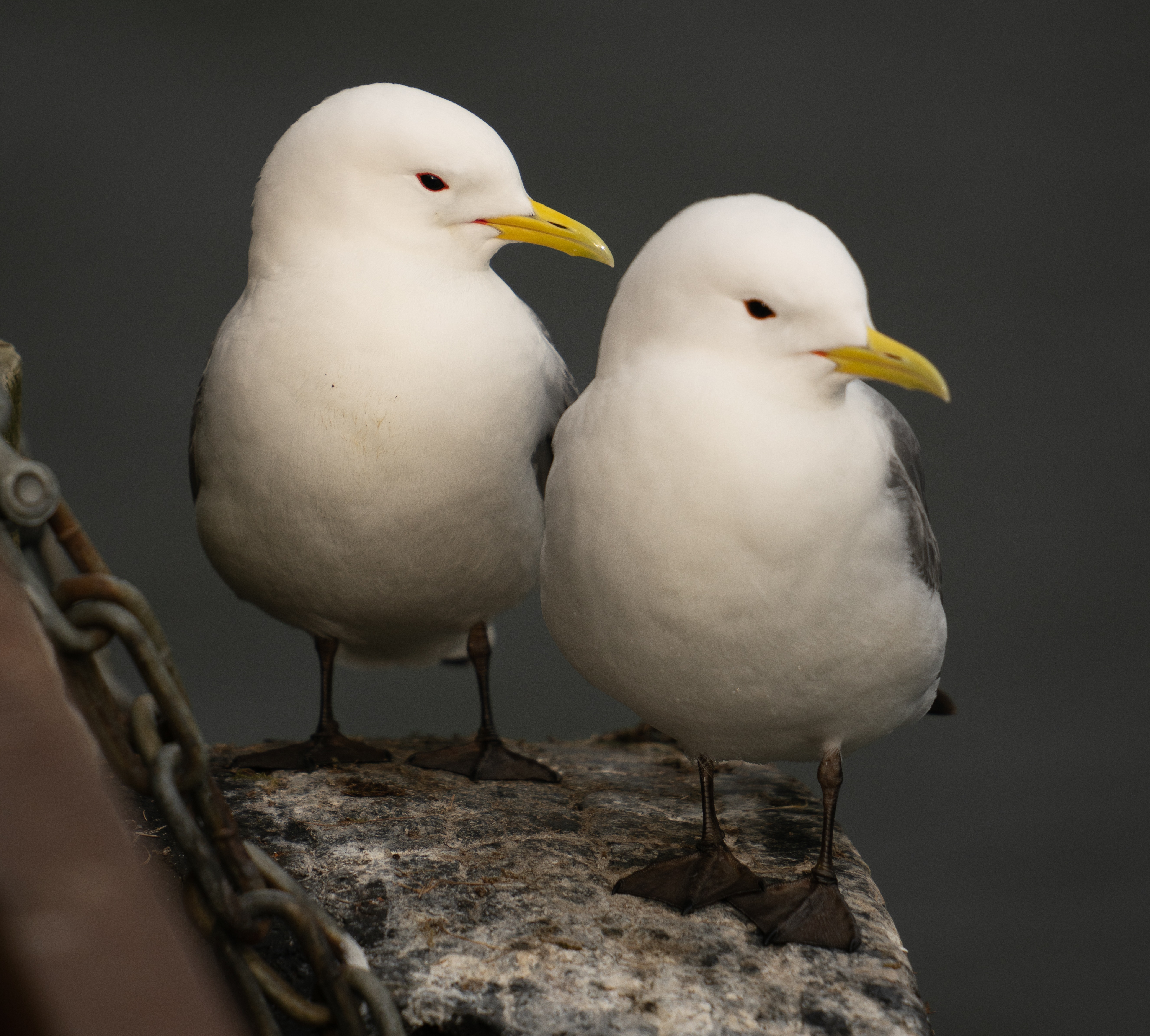
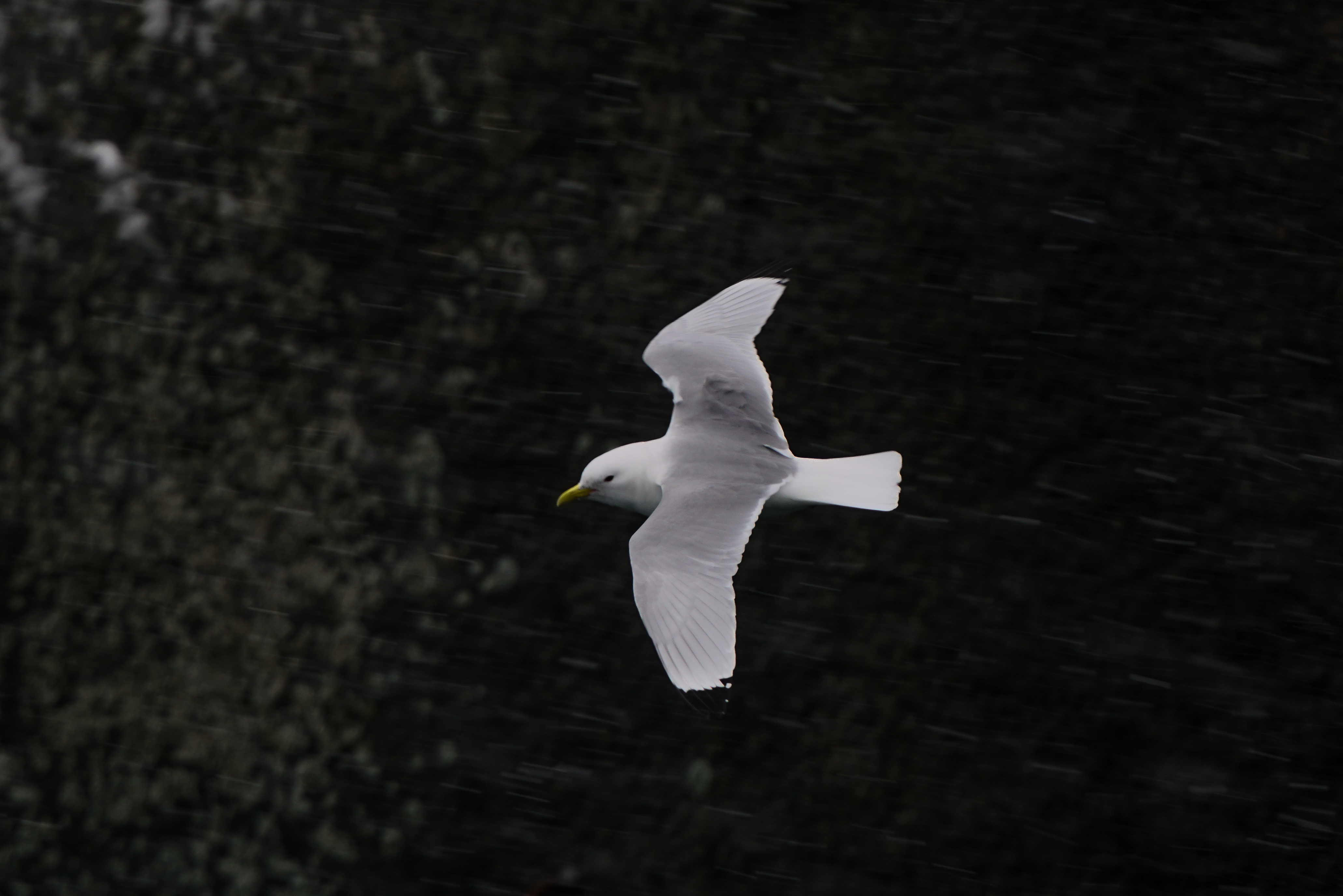
Kittiwake numbers in decline
Arriving at our cabin tucked away amongst outermost reaches of the Lofoten Islands, I found myself captivated by the sight of countless black-legged kittiwakes filling the fjords with their calls and bustling activity. Yet, beneath their seemingly abundant numbers lies a sobering truth: the black-legged kittiwake, once recognized as the most abundant gull species on Earth, is spiraling towards extinction. Climate change, overfishing, and habitat loss have all contributed to this decline, disrupting the availability of fish that kittiwakes rely on for sustenance and threatening nesting sites. Despite their vital role in the marine ecosystem, the decline of the kittiwake has gone largely unnoticed, even in the wild waters of the Norwegian Sea and the remote villages of northern Norway.
In response to these challenges, there is an urgent need for the public to connect with nature, become familiar with the kittiwake, and recognize their invaluable place amongst the great tapestry of life. As we confront a period of unprecedented biodiversity loss, it's crucial to recognize that we protect what we love. The more people who know the kittiwake, who recognize their call and understand their plight, the more they contribute immensely to their preservation as a critical cog in the great wheel of life on our home planet.

#generationnature
Nature love as the driving force for its protection
This sentiment rings true today more than ever. From my early days exploring with a net and bucket to my graduate studies in food web ecology, I've witnessed the ecological wounds inflicted upon our planet. Climate change has emerged as a formidable threat to the black-legged kittiwake, altering their marine habitats and disrupting prey availability. Yet, amidst the challenges, there is hope. By fostering a deeper connection with nature, developing relationships with its beautiful, mysterious, and awe-inspiring flora and inhabitants, and sharing that passion with others, we can wield a potent and scalable impact on the preservation of our home planet, safeguarding the diversity of life on Earth. It starts with this simple reminder championed by the indominable Jane Goodall that each day we have impact on planet Earth, and it’s up to us to determine what we want that impact to be.
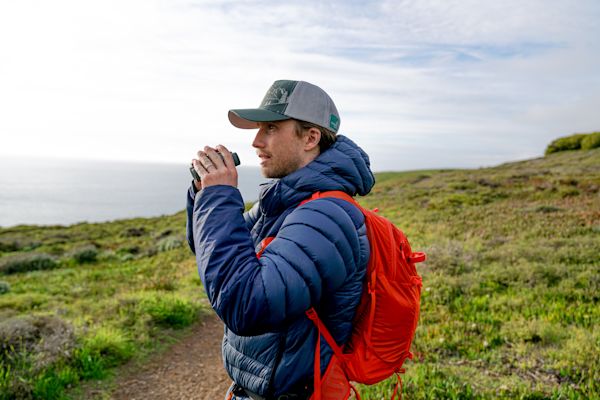
About the Author:
Charles Post
is a Norway based ecologist, Explorers Club Fellow, and award-winning filmmaker with a love for birding and exploring the outdoors with his wife, Rachel Pohl and their Samoyed, Mr. Knute. Following nearly a decade of field work and studies at U.C. Berkeley, earning his bachelor and master’s degrees in ecology, Charles embarked on a creative journey, spanning topics from the decline of kittiwakes in the Norwegian arctic to the beauty and fragility of migrating raptors across North America.
For more information and fascinating adventures visit his Instagram account: @charles_post.
